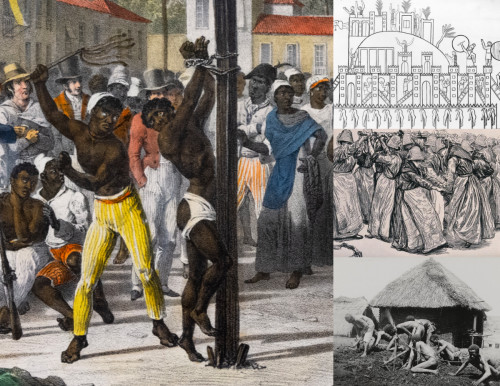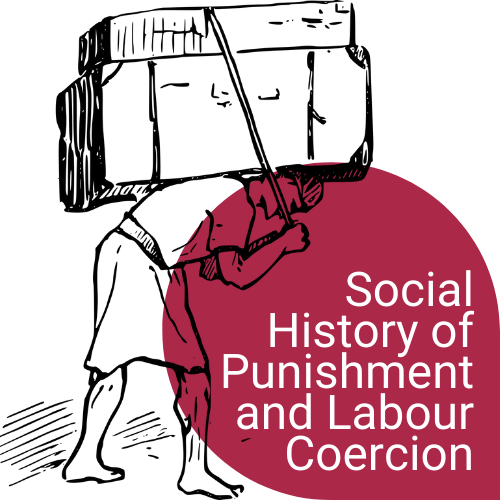
- Series editors
Christian G. De Vito, University of Bonn, Germany
Margo De Koster, University of Ghent, Belgium
Johan Heinsen, Aalborg University, Denmark
Katherine Roscoe, University of Liverpool, UK
Paulo Terra, Universidade Federal Fluminense, Niterói, Brazil- Geographical Scope
- Any world region
- Chronological Scope
- Antiquity to the Present
- Advisory Board
Clare Anderson (University of Leicester)
Sidney Chalhoub (Harvard University)
Chris Eyre (University of Liverpool)
Tyge Krogh (Rigsarkiver, Copenhagen)
Alex Lichtenstein (Indiana University Bloomington, US)
Marcel van der Linden (IISG, Amsterdam)
Chiara Lucrezio Monticelli (University of Rome-Tor Vergata)
Hamish Maxwell-Stewart (University of New England)
Paola Revilla (University of La Paz)
Juliane Schiel (University of Vienna)
Arjan Zuiderhoek (University of Ghent)- Keywords
- Punishment; Labour Coercion; Social History
- Flyer
- Download flyer
- Logo

Social History of Punishment and Labour Coercion
This book series is a platform for expansive understandings of practices of punishment and labour coercion. The books published in this series concern all forms of punishment which were meted out by any type of State apparatus, by individuals such as slave holders, fathers and husbands, and by social institutions such as kin and elderly councils. At the same time, labour is understood here as comprising not only wage labourers, but also enslaved, indentured, tributary and convicted workers, together with unemployed and unpaid individuals.
The series addresses the ways in which workers were punished; it deals with the role of punishment in mobilizing and immobilizing workers; and it highlights the punitive aspects of key dynamics of labour coercion, such as debt, tribute, war and anti-vagrancy laws. Punishment and labour coercion are seen here as open-ended processes: the focus lies on their practices, and how they are entangled in distinctive ways in relation to different social groups, vis-à-vis gender, age and ethnicity/race/citizenship, and across time and space.
Actively Seeking Proposals
The series welcomes scholarly monographs and edited volumes in English, by both established and early-career researchers.



